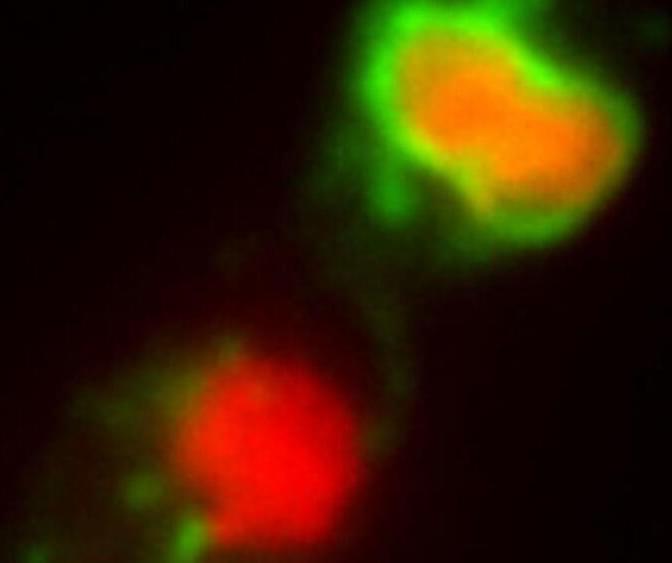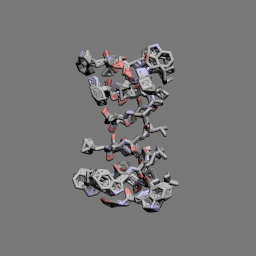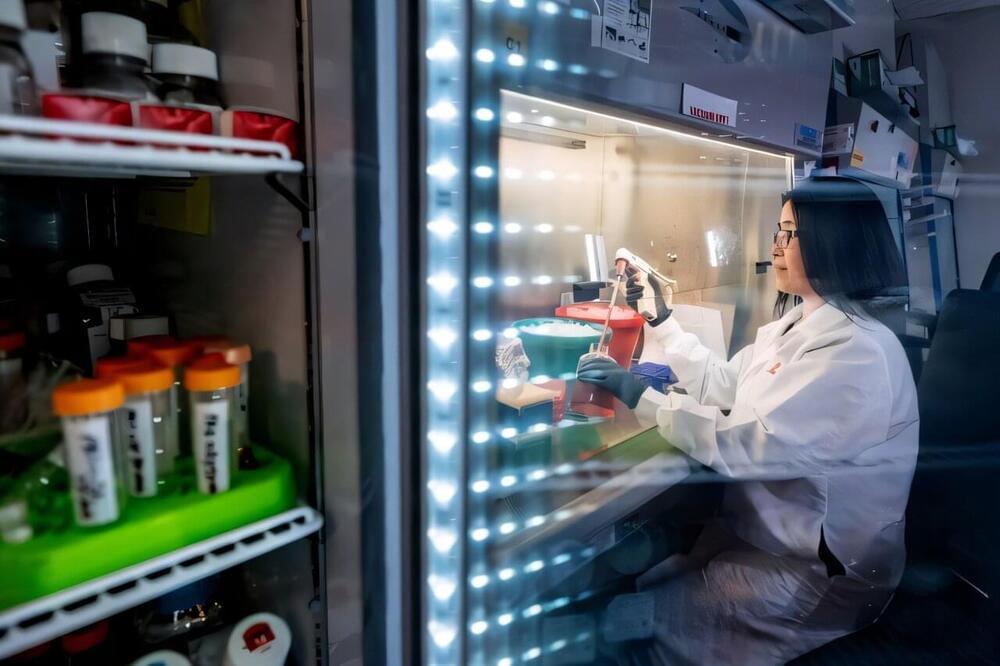A new study from Vanderbilt University Medical Center shows that clinical alerts driven by artificial intelligence (AI) can help doctors identify patients at risk for suicide, potentially improving prevention efforts in routine medical settings.
A team led by Colin Walsh, MD, MA, associate professor of Biomedical Informatics, Medicine and Psychiatry, tested whether their AI system, called the Vanderbilt Suicide Attempt and Ideation Likelihood model (VSAIL), could effectively prompt doctors in three neurology clinics at VUMC to screen patients for suicide risk during regular clinic visits.
The study, reported in JAMA Network Open, compared two approaches—automatic pop-up alerts that interrupted the doctor’s workflow versus a more passive system that simply displayed risk information in the patient’s electronic chart.









